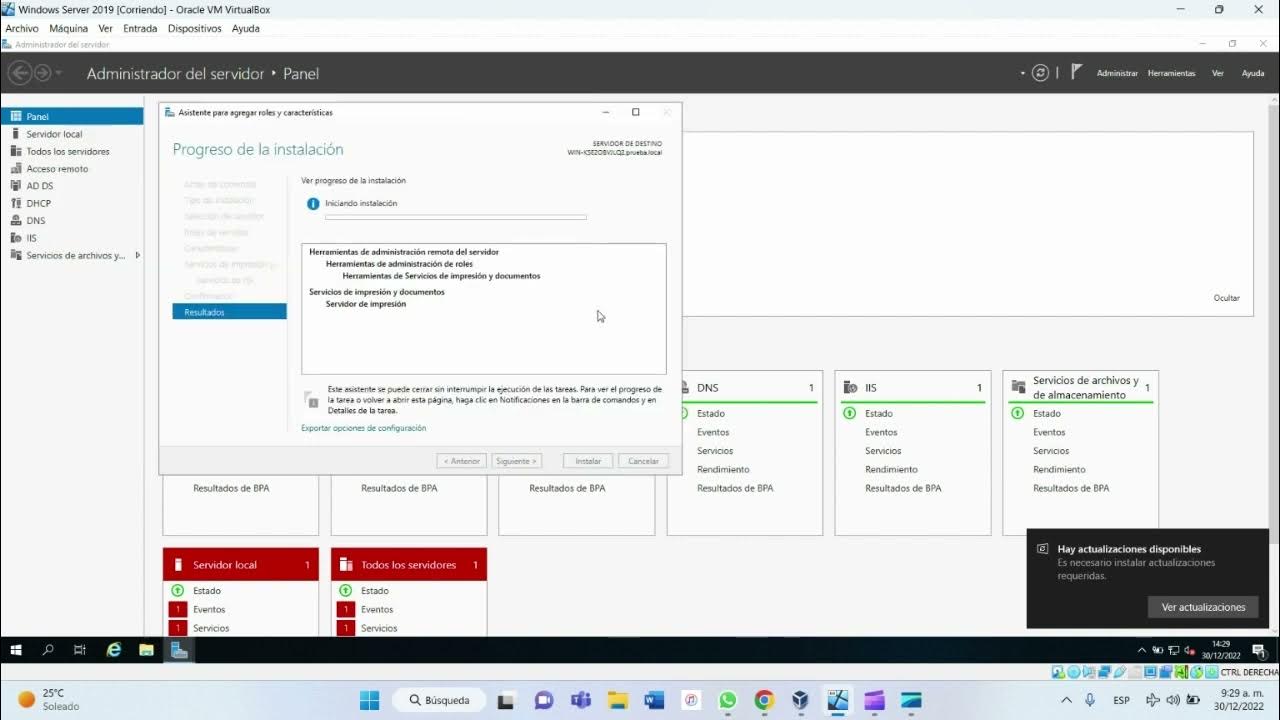Why do 12k Printers come with this? nFEP vs ACF Film
Summary
TLDREl video analiza la diferencia entre las impresoras 12K con película ACF y las impresoras con NFEP. El presentador compara la calidad de impresión, observando detalles como la textura, los píxeles, las líneas de capa y la claridad del texto. Destaca que la película ACF produce una textura notable que se puede sentir, mientras que NFEP ofrece una superficie más suave y resultados consistentes. También se abordan las pruebas de anti-aliasing y el impacto de las temperaturas en la calidad de impresión. Finalmente, se discute la velocidad frente a la calidad en las nuevas impresoras 12K.
Takeaways
- 🔍 El video responde a las impresoras 12K y la película ACF con la que se envían.
- 🖨️ La textura de la película ACF muestra un patrón de cuadrícula visible y táctil en las impresiones.
- 📊 Las impresiones realizadas con nfep producen más pilares y de manera más consistente que con la película ACF.
- ⚙️ Las pruebas de anti-aliasing revelan líneas de píxeles y voxeles visibles en nfep, pero en la película ACF, hay una textura adicional que afecta la claridad.
- 📏 Las impresiones tienen una calibración dimensional perfecta, lo que asegura que las diferencias no sean por configuración.
- 🎨 Aunque la película ACF suaviza ciertos detalles, añade una textura rugosa que se puede sentir y escuchar al pasar el dedo sobre ella.
- 📝 Los textos impresos con nfep son más legibles que con la película ACF, donde la textura puede hacer que algunos textos sean ilegibles.
- 🏞️ Los detalles finos, como las líneas de 0,2 mm, son más claros con nfep, mientras que la película ACF añade una especie de borrosidad.
- 💡 La película ACF está diseñada para liberar más rápido el material y acelerar el proceso de impresión, pero sacrifica algo de calidad.
- 🌡️ El video también cubre cómo se controla la temperatura en las impresoras para garantizar condiciones de prueba consistentes.
Q & A
¿Qué diferencia clave menciona el orador entre la película ACF y el nfep tradicional?
-El orador menciona que la película ACF tiene una textura perceptible al tacto, mientras que el nfep tradicional es más suave. Esta textura de la ACF genera un patrón visible y palpable en las impresiones.
¿Qué observa el orador sobre la precisión dimensional de los pilares impresos con la película ACF?
-El orador menciona que los pilares impresos con la película ACF son más consistentes y están menos dañados, aunque inicialmente esperaba lo contrario, ya que pensaba que la película tendría menos fuerza de pelado.
¿Cómo afecta la textura de la película ACF a los detalles de las impresiones?
-La textura de la película ACF afecta los detalles al añadir un patrón que puede sentirse al tacto y que reduce la claridad de los elementos finos como las letras pequeñas, volviéndolos menos legibles en comparación con el nfep.
¿Qué diferencia se observa en las pruebas de anti-aliasing entre la película ACF y el nfep?
-El orador señala que en el nfep se pueden ver muchos píxeles y líneas de capa, mientras que en la película ACF, aunque también son visibles, la textura general de la película suaviza algunos de estos detalles.
¿Qué ocurre con las letras pequeñas en las impresiones con la película ACF?
-Las letras pequeñas impresas con la película ACF se vuelven ilegibles debido a la textura añadida por la película, lo que difiere del nfep donde las letras se mantienen más claras y legibles.
¿Cómo describe el orador el rendimiento de la película ACF en las impresiones de las flores pequeñas?
-El orador menciona que, aunque las flores impresas con la película ACF son visibles, tienen un aspecto borroso debido a la textura, mientras que con el nfep las líneas y detalles son más nítidos.
¿Cómo afecta la combinación de anti-aliasing y la película ACF en la impresión de superficies curvas?
-La combinación de anti-aliasing y la película ACF suaviza significativamente los detalles en superficies curvas, aunque se pierde algo de claridad en comparación con el nfep.
¿Qué control sobre la temperatura menciona el orador al realizar las impresiones?
-El orador controla cuidadosamente la temperatura de las impresoras utilizando un calentador de cubeta y un calentador adicional, asegurándose de que ambas impresoras operen a 28 grados Celsius para garantizar resultados consistentes.
¿Cómo verifica el orador la precisión de la exposición en ambas impresoras?
-El orador menciona que ha pre-calibrado ambas impresoras para asegurarse de que la exposición sea exactamente la misma, eliminando cualquier discrepancia que pudiera haber entre los dos dispositivos.
¿Cuál es la opinión del orador sobre los nuevos impresores 12K con película ACF?
-El orador está intrigado por el marketing que promociona a las impresoras 12K con película ACF como más rápidas, pero cuestiona si sacrifican la calidad por la velocidad, destacando que la textura añadida puede afectar los detalles.
Outlines

This section is available to paid users only. Please upgrade to access this part.
Upgrade NowMindmap

This section is available to paid users only. Please upgrade to access this part.
Upgrade NowKeywords

This section is available to paid users only. Please upgrade to access this part.
Upgrade NowHighlights

This section is available to paid users only. Please upgrade to access this part.
Upgrade NowTranscripts

This section is available to paid users only. Please upgrade to access this part.
Upgrade NowBrowse More Related Video

💥💥NECESITAS CONFIGURAR ESTOS AJUSTES en CURA | Tutorial software Impresión 3D en Español

IT Essentials Capítulo 8 Impresoras

HP OfficeJet 7740 A3 잉크젯 복합기 헤드 수리 전체 올수리 부터 견적 까지 진행 해 봤습니다.

Impresión 3D para principiantes

Impresoras para positivos de serigrafía ¿Cuál funciona mejor?

Cómo configurar servidor de impresión en Windows Server 2019
5.0 / 5 (0 votes)
